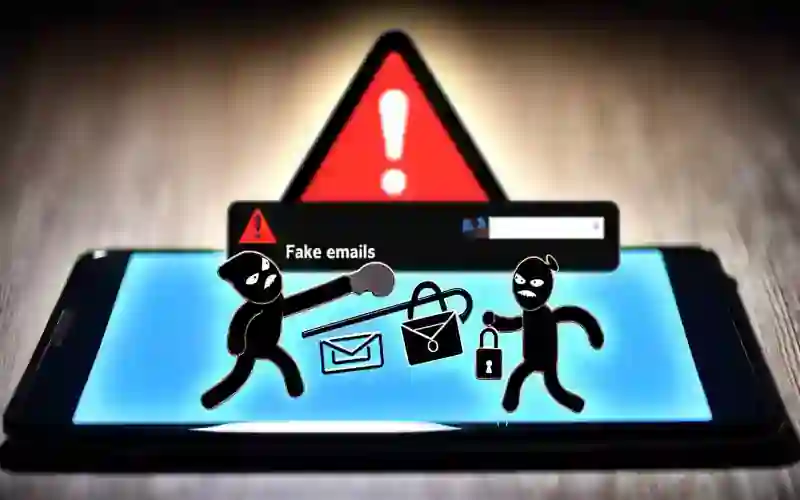“Eliminate Trojans, Safeguard Your Computer.”
Effective Methods to Remove Trojans from Your Computer

Effective Methods to Remove Trojans from Your Computer
Trojans are a type of malicious software that can wreak havoc on your computer. They can steal your personal information, slow down your system, and even give hackers remote access to your device. It is crucial to remove trojans from your computer as soon as possible to protect your data and ensure the smooth functioning of your device. In this article, we will discuss some effective methods to remove trojans from your computer.
One of the most effective ways to remove trojans from your computer is by using antivirus software. Antivirus programs are specifically designed to detect and remove malicious software, including trojans. They scan your entire system, identify any infected files or programs, and quarantine or delete them. It is important to keep your antivirus software up to date to ensure it can effectively detect and remove the latest trojans.
Another method to remove trojans from your computer is by using anti-malware software. While antivirus software focuses on detecting and removing viruses, anti-malware software is designed to target a broader range of malicious software, including trojans. Anti-malware programs can scan your computer for any suspicious files or programs and remove them. It is recommended to use both antivirus and anti-malware software for comprehensive protection against trojans and other malware.
In addition to using specialized software, you can also manually remove trojans from your computer. This method requires a bit more technical knowledge and can be time-consuming, but it can be effective if done correctly. To manually remove trojans, you need to identify the infected files or programs and delete them. You can start by checking your task manager for any suspicious processes running in the background. If you find any, you can end the process and delete the associated files. It is important to be cautious and only delete files that you are certain are malicious to avoid accidentally deleting important system files.
Another manual method to remove trojans is by booting your computer in safe mode. Safe mode starts your computer with only the essential system files and drivers, which can prevent trojans from running. Once in safe mode, you can use your antivirus or anti-malware software to scan and remove any trojans. This method can be particularly effective if the trojan is preventing your antivirus software from functioning properly in normal mode.
Prevention is always better than cure when it comes to trojans. To minimize the risk of getting infected, it is important to practice safe browsing habits. Avoid clicking on suspicious links or downloading files from untrusted sources. Keep your operating system and software up to date, as updates often include security patches that can protect against trojans. Regularly backup your important files to an external storage device or cloud service to ensure you can recover them in case of a trojan attack.
In conclusion, removing trojans from your computer is crucial to protect your data and ensure the smooth functioning of your device. Using antivirus and anti-malware software, as well as manual removal methods, can effectively remove trojans from your computer. Additionally, practicing safe browsing habits and keeping your system up to date can help prevent trojan infections. By following these methods, you can keep your computer safe from trojans and enjoy a secure computing experience.
Step-by-Step Guide to Eliminate Trojans from Your PC
The first step in removing Trojans from your computer is to disconnect from the internet. This is important because Trojans often communicate with their creators over the internet, and by disconnecting, you can prevent further damage. Once you have disconnected, you can proceed to the next step.
The next step is to run a full system scan using a reliable antivirus software. Make sure that your antivirus software is up to date, as new Trojans are constantly being developed. Start the scan and let the software thoroughly examine your entire system for any malicious files or programs. This process may take some time, so be patient and let the software do its job.
Once the scan is complete, the antivirus software will display a list of detected threats. Review the list carefully and select the option to remove or quarantine the Trojans. Quarantining the Trojans is a safer option as it isolates them from the rest of your system, preventing them from causing further harm. However, if you are confident in the accuracy of the detection, you can choose to remove them entirely.
After removing or quarantining the Trojans, it is essential to restart your computer. This step is crucial as it allows the antivirus software to finalize the removal process and ensure that all traces of the Trojans are eliminated. Restarting your computer will also help refresh your system and ensure that it is running smoothly.
Once your computer has restarted, it is advisable to perform another full system scan to double-check for any remaining Trojans. Sometimes, certain Trojans can be deeply embedded in your system and may require multiple scans to completely eradicate them. Running a second scan will give you peace of mind and ensure that your computer is truly free from any malicious software.
In addition to running regular antivirus scans, it is crucial to keep your operating system and all software up to date. Developers often release security patches and updates to address vulnerabilities that can be exploited by Trojans. By keeping your system updated, you can minimize the risk of future infections.
Lastly, it is essential to practice safe browsing habits to prevent future Trojan infections. Avoid clicking on suspicious links or downloading files from untrusted sources. Be cautious when opening email attachments, as Trojans are often disguised as harmless files. Additionally, consider using a firewall and enabling real-time protection on your antivirus software for added security.
Removing Trojans from your computer requires a systematic approach. By disconnecting from the internet, running a full system scan, removing or quarantining the detected Trojans, restarting your computer, and performing another scan, you can effectively eliminate these malicious threats. Remember to keep your system and software up to date and practice safe browsing habits to minimize the risk of future infections. With these steps, you can ensure the security and smooth operation of your PC.














